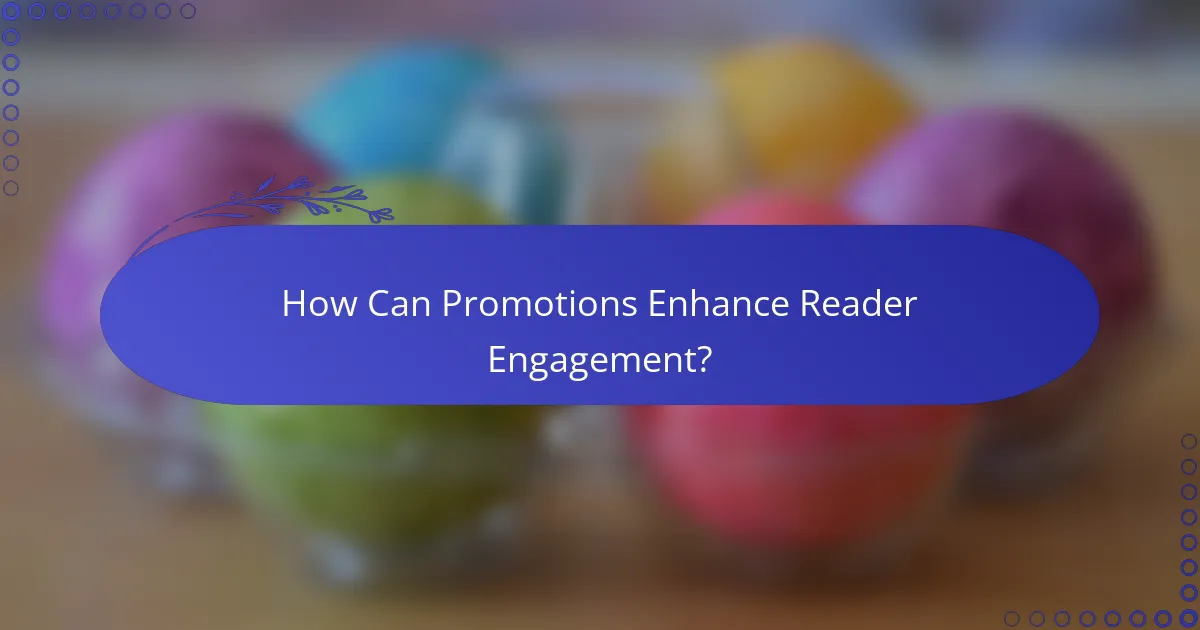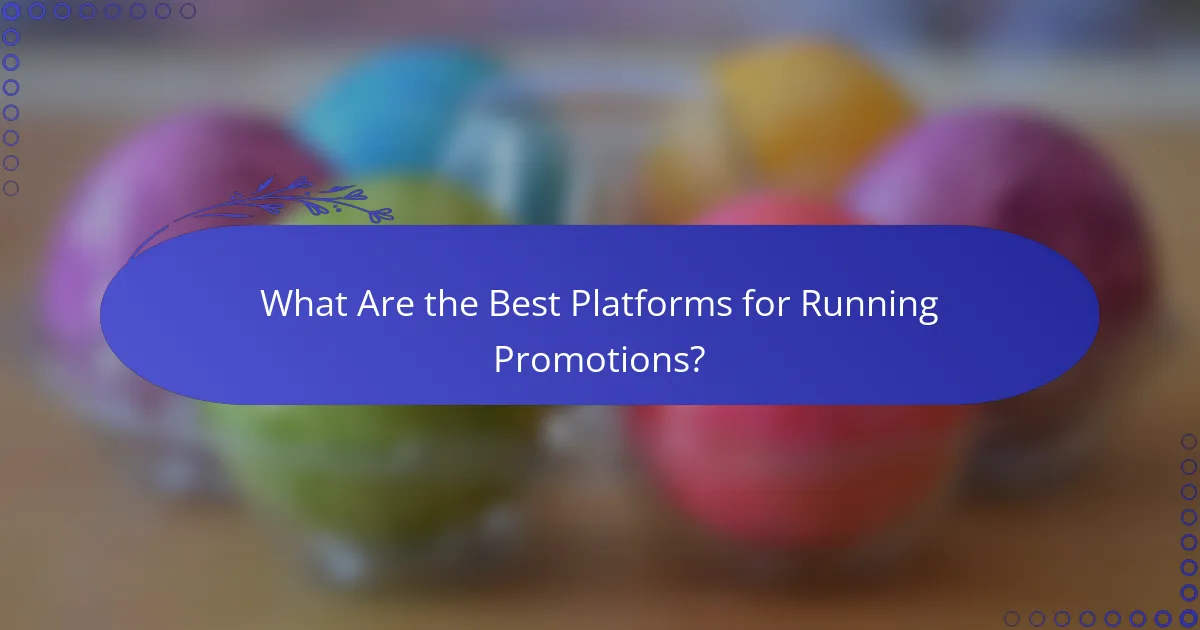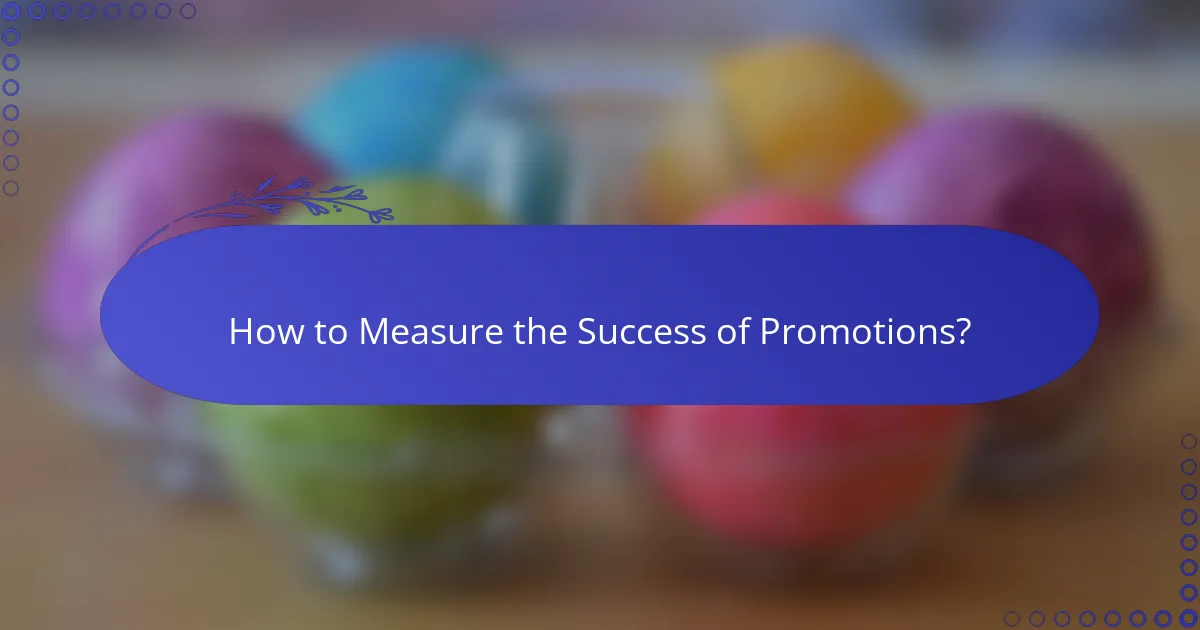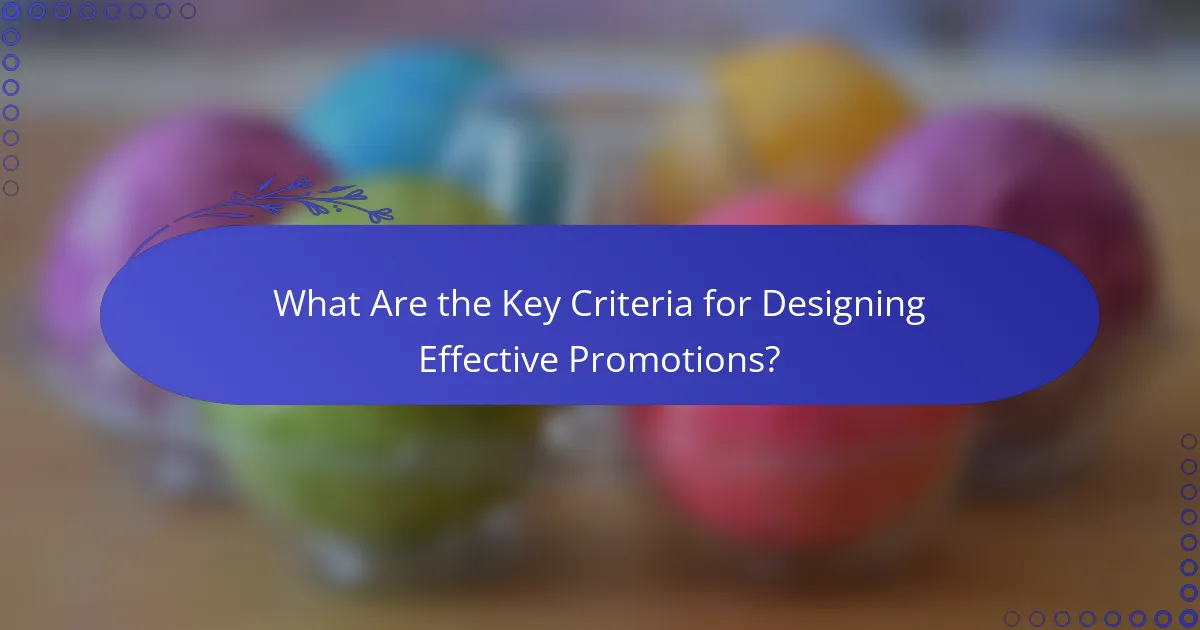Promotions and discounts play a crucial role in driving sales and enhancing customer engagement by attracting both new and returning customers. By leveraging strategies such as percentage-off discounts and loyalty rewards, businesses can create a sense of urgency that encourages purchases. Additionally, these promotions foster deeper connections with readers, incentivizing them to engage with the brand and return for future offerings.

How Do Promotions Drive Sales in Display Advertising?
Promotions are a key strategy in display advertising that can significantly boost sales by attracting new customers and encouraging existing ones to make purchases. By offering discounts or special deals, businesses can create a sense of urgency and increase engagement with their brand.
Increased customer acquisition
Promotions can effectively attract new customers by providing an incentive to try a product or service. For instance, offering a limited-time discount can encourage potential buyers who may be hesitant to make a purchase without a financial incentive. This strategy can lead to a broader customer base and increased market penetration.
To maximize customer acquisition, businesses should consider targeting specific demographics with tailored promotions. Utilizing data analytics can help identify which segments respond best to certain offers, allowing for more effective marketing campaigns.
Higher conversion rates
Promotions often lead to higher conversion rates as they create a compelling reason for customers to complete their purchases. When customers perceive they are getting a good deal, they are more likely to finalize their transactions. For example, a 20% discount on a popular item can significantly increase the likelihood of a sale compared to regular pricing.
It’s essential to ensure that the promotional messaging is clear and prominent in display ads. Highlighting the discount or special offer can capture attention and drive action, ultimately leading to increased sales conversions.
Enhanced brand visibility
Promotions can enhance brand visibility by increasing the frequency and reach of advertising efforts. When customers share promotional offers with their networks, it can lead to organic exposure and word-of-mouth marketing. This can be particularly effective in social media campaigns where users are incentivized to share deals.
To leverage this visibility, brands should create visually appealing ads that clearly communicate the promotion. Consistent branding across all promotional materials can help reinforce brand identity and make the offers more recognizable to potential customers.

What Types of Discounts Are Most Effective?
Effective discounts drive sales and enhance customer engagement by appealing to consumers’ desire for value. The most impactful types include percentage-off discounts, buy-one-get-one-free offers, and loyalty rewards programs, each with unique benefits and considerations.
Percentage-off discounts
Percentage-off discounts provide customers with a clear monetary incentive, often ranging from 10% to 50% off the regular price. This type of discount is straightforward and easy to understand, making it appealing to a wide audience.
When implementing percentage-off discounts, consider the product’s profit margin to ensure sustainability. For example, a 20% discount on a high-margin item may still yield a profit, while a similar discount on a low-margin product could lead to losses.
Buy-one-get-one-free offers
Buy-one-get-one-free (BOGO) offers encourage customers to purchase more by providing an additional item at no cost. This strategy can effectively increase sales volume and clear out inventory, particularly for perishable goods or seasonal items.
However, it’s essential to set clear terms for BOGO offers to avoid confusion. For instance, specifying that the free item must be of equal or lesser value can help maintain profitability. Additionally, consider using BOGO promotions during peak shopping seasons to maximize their impact.
Loyalty rewards programs
Loyalty rewards programs incentivize repeat purchases by offering points or discounts based on customer spending. These programs can enhance customer retention and foster brand loyalty, as customers are more likely to return to earn rewards.
To create an effective loyalty program, ensure that the rewards are attainable and valuable to your customers. For example, offering a $5 discount for every $50 spent can motivate frequent purchases without significantly impacting profit margins. Regularly evaluate the program’s effectiveness and adjust rewards to keep customers engaged.

How Can Promotions Enhance Reader Engagement?
Promotions can significantly boost reader engagement by creating incentives for interaction and participation. By offering value through discounts or exclusive content, readers are more likely to connect with your brand and return for more.
Interactive content promotions
Interactive content promotions engage readers by encouraging them to participate actively rather than passively consume information. Examples include quizzes, polls, and contests that offer rewards or recognition. These types of promotions can increase time spent on your site and foster a sense of community among readers.
To implement interactive promotions effectively, ensure that the content is relevant to your audience and easy to access. Consider using social media platforms to amplify participation and share results, which can further enhance engagement.
Exclusive member discounts
Exclusive member discounts create a sense of belonging and appreciation among your audience. By offering special deals or early access to content for subscribers, you can incentivize sign-ups and retain existing readers. This approach not only drives sales but also builds loyalty.
When designing these discounts, consider tiered membership levels to cater to different reader segments. For instance, offering a 10% discount for basic members and a 20% discount for premium members can encourage upgrades and deeper engagement.
Time-limited offers
Time-limited offers create urgency and prompt readers to act quickly, which can lead to increased conversions. These promotions can take the form of flash sales, limited-time content access, or exclusive events. The key is to communicate the deadline clearly to motivate immediate action.
To maximize effectiveness, consider using countdown timers on your website or in promotional emails. This visual cue can enhance the urgency and encourage readers to take advantage of the offer before it expires.

What Are the Best Platforms for Running Promotions?
The best platforms for running promotions include social media networks and search engines that allow targeted advertising. These platforms enable businesses to reach specific audiences effectively, driving sales and engagement through tailored promotions.
Facebook Ads
Facebook Ads provide a robust platform for running promotions due to its extensive user base and advanced targeting options. Businesses can create ads that appear in users’ feeds, targeting demographics, interests, and behaviors to maximize relevance.
Consider using Facebook’s ad formats, such as carousel ads or video ads, to showcase multiple products or tell a story. Setting a budget can range from a few dollars a day to thousands, depending on your goals and audience reach.
Google Ads
Google Ads allows businesses to run promotions through search and display ads, reaching users actively searching for related products or services. This platform utilizes keywords to trigger ads, ensuring that promotions appear at the right moment when potential customers are interested.
When using Google Ads, focus on selecting relevant keywords and crafting compelling ad copy. Budgeting can vary widely, but many businesses start with a daily budget of around $10 to $50, adjusting based on performance metrics.
Instagram promotions
Instagram promotions leverage the visual nature of the platform to engage users with eye-catching content. Businesses can run ads in users’ feeds or stories, utilizing images and videos to highlight promotions effectively.
To maximize impact, use Instagram’s shopping features to link directly to products within the ads. A budget of $5 to $20 per day can be a good starting point, allowing for experimentation with different ad formats and targeting strategies.

How to Measure the Success of Promotions?
Measuring the success of promotions involves analyzing various metrics that indicate their effectiveness in driving sales and engagement. Key areas to focus on include conversion rates, customer feedback, and engagement metrics.
Tracking conversion rates
Conversion rates are a primary indicator of a promotion’s success, reflecting the percentage of customers who complete a desired action, such as making a purchase. To calculate this, divide the number of conversions by the total visitors during the promotion period and multiply by 100.
For example, if 200 out of 1,000 visitors made a purchase during a sale, the conversion rate would be 20%. Monitoring this metric over time can help identify trends and optimize future promotions.
Analyzing customer feedback
Customer feedback provides qualitative insights into how promotions are perceived. Collecting feedback through surveys, social media, or direct communication can reveal what customers liked or disliked about a promotion.
Consider using a simple rating scale or open-ended questions to gather detailed responses. This information can guide adjustments to future promotions, ensuring they align better with customer preferences.
Monitoring engagement metrics
Engagement metrics, such as click-through rates, social media shares, and time spent on site, help assess how well a promotion captures customer interest. High engagement often correlates with successful promotions, indicating that customers are interacting with the content.
Utilize tools like Google Analytics to track these metrics. For instance, if a promotional email has a click-through rate of 15%, it suggests that the offer resonated well with the audience, warranting similar strategies in the future.

What Are the Key Criteria for Designing Effective Promotions?
Effective promotions are designed by understanding the target audience, setting clear objectives, and creating compelling offers. Key criteria include relevance, timing, and communication channels to ensure maximum engagement and conversion.
Target audience analysis
Understanding your target audience is crucial for designing promotions that resonate. Analyze demographics, preferences, and purchasing behavior to tailor your offers effectively. This analysis helps identify which segments are most likely to respond positively to specific promotions.
Utilize tools such as surveys, social media insights, and customer feedback to gather data. For instance, if your audience is primarily young adults, consider promotions that leverage social media platforms they frequent, like Instagram or TikTok.
Segment your audience based on factors like age, location, and buying habits. This allows for personalized promotions that can increase engagement rates by appealing directly to the interests of each group, ultimately driving higher sales and customer loyalty.
